Just as you had mastered SEO, social media, and original content, along come platforms that threaten to disrupt all previous branding experiences.
According to a survey by Greenlight Insights, 53% of respondents said they would be more inclined to purchase from a brand that used virtual reality compared to one that did not.
Although we are now relatively more familiar with augmented reality (AR) and virtual reality (VR), it is still quite a challenge to understand how to design effective brand experiences with them.
You don’t want to invest in technology for it only to be a gimmick that does not significantly bolster your branding activities. And yet, there is the pressure to not get left behind while everyone else seems to be using cutting edge technology.
Most major brands today—The New York Times and Mercedes, as two examples—have used augmented reality and virtual reality experiences to engage customers.
How can your brand leverage AR/VR for best results?
But first, some background
Briefly, AR lets you add a layer of digital content to real, physical environments; VR entails an entirely digital immersive space.

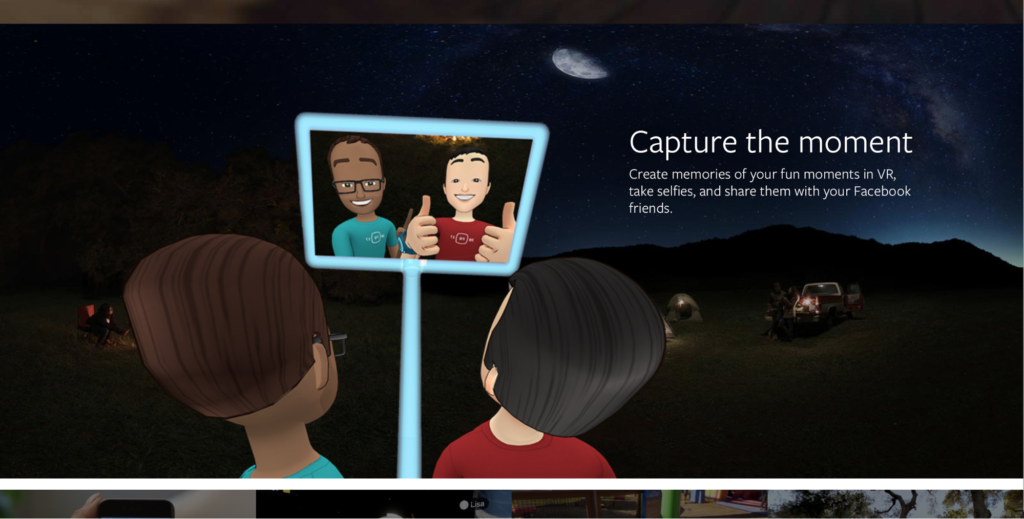
As a UX designer and creator of storyworlds, I’ve worked extensively with designing immersive experiences. Through my research, I’ve developed experimental frameworks for new modes of storytelling that blur the distinction between reality and fiction. The intriguing promise of AR and VR technologies to do just that has provided fertile creative ground to artists, designers, activists, and now, increasingly, brands around the world. As a practitioner, I’m interested in the potential of AR/VR for creating fictional universes, but it is just as exciting to see the far more ubiquitous work being done with AR and VR in areas like
marketing campaigns and documentary journalism.
Until the last couple of years, it was still quite novel to interface the real with the digital. Then came Pokemon Go, and nearly everyone with a smartphone could now see and catch tiny animated creatures in their physical environment.
Here are six tips for your brand to leverage augmented and virtual reality as user familiarity with the technologies reaches a fever pitch.
Start with your audience
As with all branding and marketing activities, understanding your industry and the audience you are targeting is going to be important when it comes to AR/VR.
Depending on your product offering, such as in the retail industry, your brand might benefit exponentially from creating engaging AR/VR experiences for both in-store and online customers. However, if you are selling domains, web hosting or insurance, there might not be any incremental benefits from a flashy AR/VR campaign.
Does creating AR/VR experiences for your target customer enable you to hit key performance indicators in your business? Or will it just be reduced to a throwaway promotional tactic?
You may want to dive right into both AR and VR, but it’s potentially beneficial to choose one kind of experience and do it well. Use both only if they fit two separate use cases. For instance, in a hospital emergency room, AR might be appropriate for staff training on where supplies are in the emergency department whereas VR might be more appropriate for showing people how to bandage a wound.
Showcase your brand
What is the story you want to tell? And why do you want to tell it?
Do you want to highlight product attributes, convey your mission, generate excitement, provide information, or feature yourself within your customer’s lifestyle?
All of these objectives are possible with an augmented or virtual reality experience, but these questions need to be answered from the get-go to create a focused experience.
It is, of course, not necessary to feature your product. You could create these branded experiences merely to delight your customers and make them think of your brand positively.
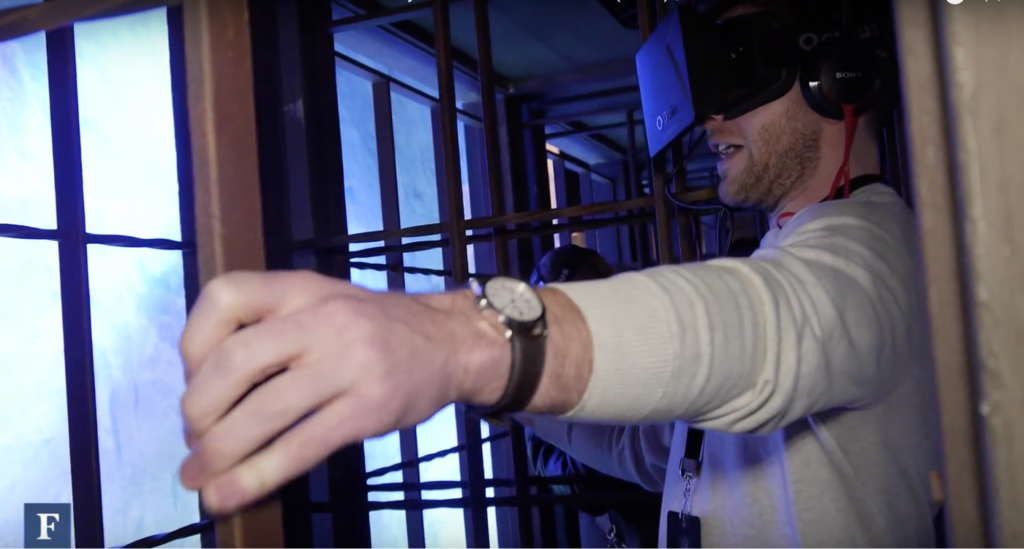
After you’ve chosen an objective, you can start brainstorming the immersive content that will best support your brand and the ways you can interface physical reality with digital assets.
Retail experiences, for example, benefit greatly from AR and VR because the technology recreates the physical store experience in the virtual space. It is possible for customers to view, move around and explore, and purchase in a partially or entirely digital environment.
You can integrate your product virtually into your customer’s real life.
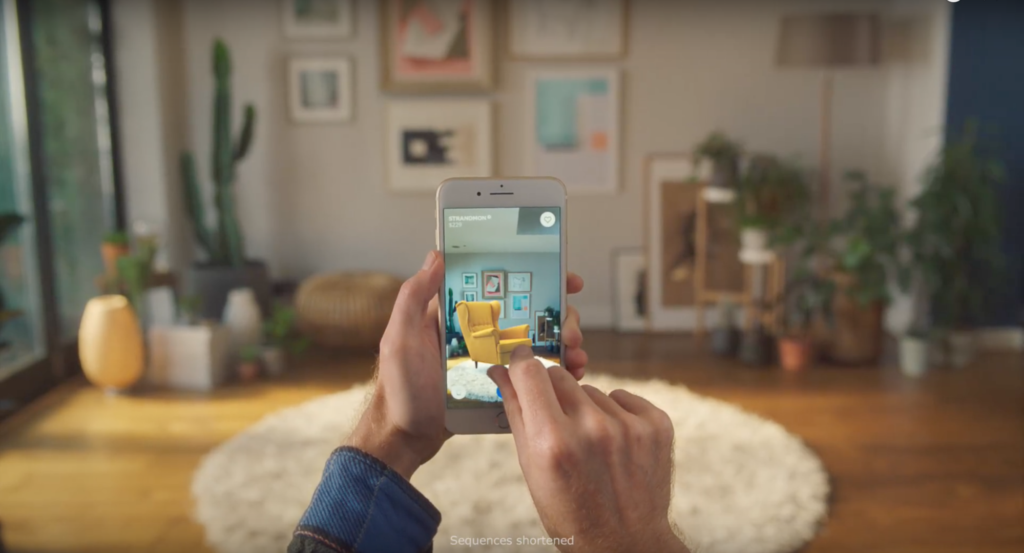
Understand the limitations
Although AR technology has improved a great deal (especially with Apple’s new foray into the medium, the ARKit), issues with scale, positioning, and anchoring still impact interacting and viewing digital content in physical space.

If your objectives include having your customers read within the experience, remember that it is hard to read text within a VR experience (mostly because of resolution constraints). If you want to deliver a lot of information to your customers within the experience, think about ways you can do it visually or aurally.
Also, VR experiences have been known to induce motion sickness in some viewers.
You can, of course, invest in paper sick bags and trash cans that can be useful if things go sour, but it’s better to try and prevent it from happening altogether. You can do this by alerting your customers to this potential hazard in advance (effectively weeding out those with a weaker stomach), but you can also solve the issue creatively. For example, if you couple the VR glasses with motion chairs that mirror movement within the digital experience, you can reduce the risk of motion sickness. This also heightens the immersiveness of the experience, because the user goes through a parallel and well-matched visual and physical experience.
The VR experience you design may be virtual, but a positive brand experience might still necessitate a trained human brand representative who communicates safety information to your users before they put on the glasses, answers any questions they may have, and takes care of any distraught ones during and afterwards (and ensures that the sale is completed!).
Find venues to deliver these experiences
Do you have a physical outlet that can host a VR experience? Will your customers need to download an app?
You should answer these questions after thinking through your overall brand strategy. There will probably be many considerations to take into account before deploying an AR or VR experience that best serves your brand.
For example, if you decide to do an in-store VR pop-up, will you need to dedicate personnel to facilitate the experience? How can you best prepare for lines and waiting times?
Is the ultimate goal to make the in-store experience more engaging? Or do you want to drive downloads for your app?
An in-store experience positions AR/VR as an integral part of your brand, whereas digital content that does not interface with other brand touchpoints may be seen as a gimmick. Regardless of which avenue you decide on, think about how it represents your brand and what goals it achieves.

You will also need to think about content. Is this a one-off experience that remains unchanged from one viewing to another? That may work for a game-like experience where the user will probably go through different scenarios of exploring and winning and losing.
However, if you’re showing the same film in VR every time your customers visit, your message may get stale quickly. You could consider either only running the experience for a limited time period or changing or adding to the content to keep it fresh.
Design the experience
How do you ensure that the user experience—from the awareness to the delivery of the experience and all the way to feedback—is designed in a streamlined, user-friendly fashion?
Creating simple yet comprehensive tutorials and instructions are crucial to persuade a still hesitant target audience to try out AR and VR experiences. The more well-designed your entire experience is, the less need there will be for such hand-holding.
However, especially in the case where you don’t have a human brand representative to facilitate the experience, you will need branding, signage, and prominent positioning in place to communicate that the experience is available.
For AR experiences, you may want to highlight the barcode or scannable object that will trigger the digital layer and—ideally—include visual demos showing how to interact with objects in the physical and digital worlds (think Pokemon Go tutorials showing exactly how to aim your ball).
For VR experiences, you will also need clear and visible instructions that let users know they are expected to wear the headset and/or the headphones together, what they can expect to experience and, within the experience, how to navigate the content and make selections (if any).
For the actual design of the AR/VR experience, you can choose from a variety of producers and tools.
For very simple AR experiences, especially for print, you can use tools like Layar.
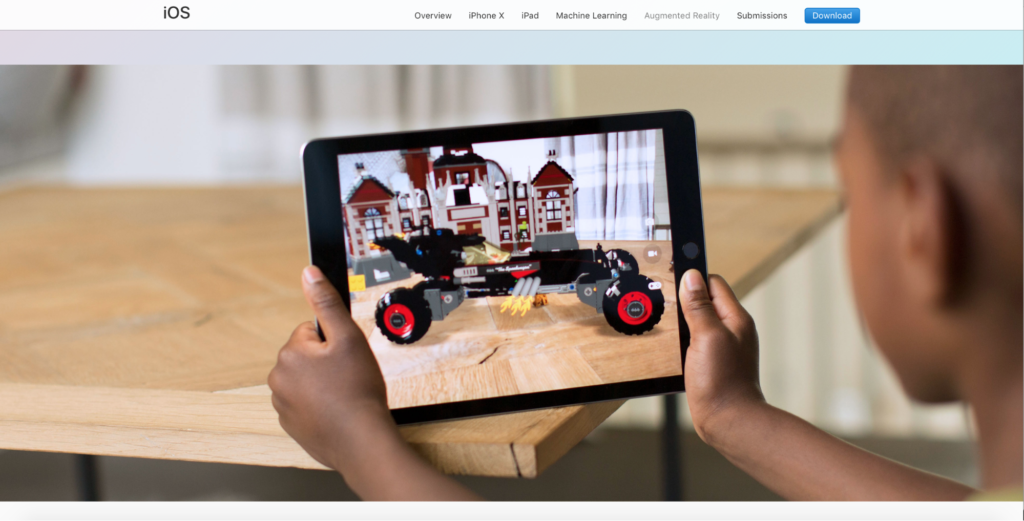
Thanks to growing interest in VR, developer talent for the technology is in high demand. You can choose an agency to handle the production for you or look for freelance developers.
Gauge audience reaction and feedback
To see what effect your AR/VR experiences are having on your customers and directly or indirectly on your bottom line, it is important to have a mechanism in place to gauge its effectiveness.
Perhaps you could measure built-in product purchases. Alternatively, if you think the customers may delay their order but the experience may still have played a part in their purchasing decision, a feedback form on both your mobile and web stores could be used to ask what prompted their purchase.
You could set up a pop-up VR experience at any location of your choice, freeing you up from the constraints of your main premises. Check out how Samsung (itself a leader in VR, alongside Google) created an engaging VR pop-up.
After an interested customer has completed the experience, you could easily let them purchase your product and check out using portable point of sale systems like Shopify POS.
AR and VR experiences also make for great viral content. Think up a creative hashtag that, perhaps, features your brand name and the words VR or AR that your customers could share on their social media.
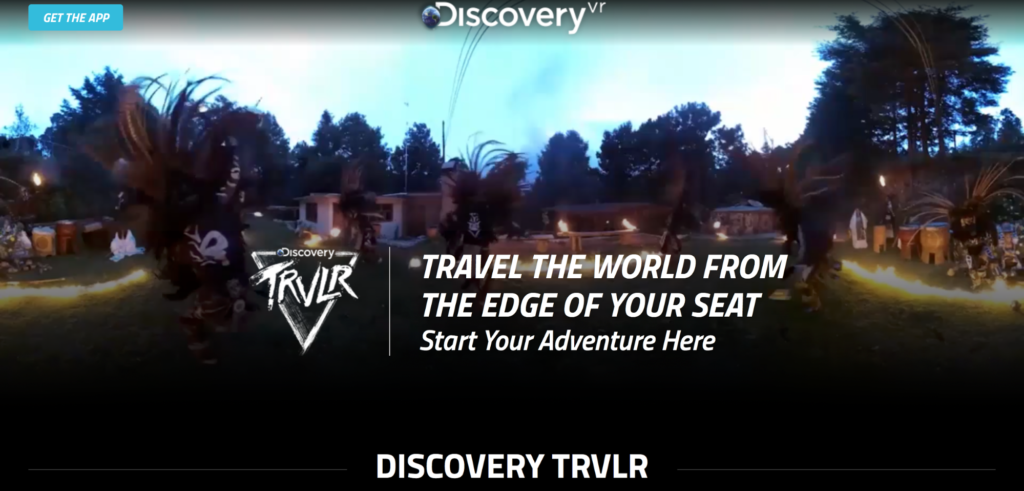
Conclusion
What are your thoughts on the uses of AR/VR for branding purposes? Have you had any successes or failures incorporating the technologies in your brand experiences? What potential do you see for brands using AR/VR in the future?
Share your opinions and experiences below.

One comment
Comments are closed.